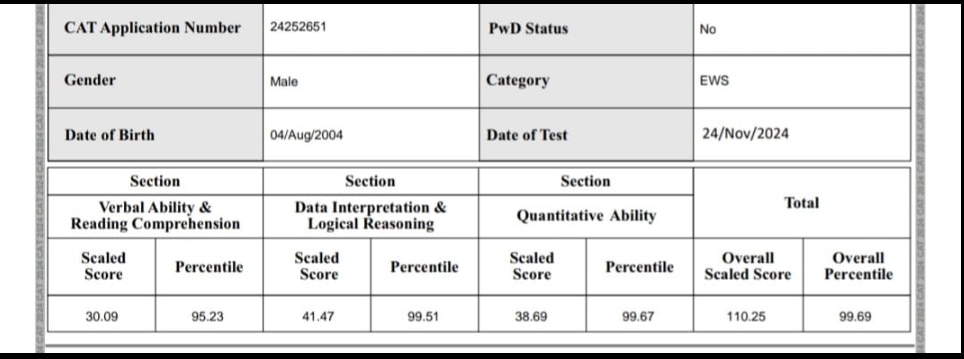Mumbai ferry accident: When a tourist ferry began sinking off the Mumbai coast, terrified parents, gripped by panic, thought of tossing their children into the sea to save them. But Central Industrial Security Force or CISF marine commandos quickly stepped in, calming them down with the promise that everyone would be rescued.

CISF constable Amol Savant, 36, and his two colleagues were the first to respond to the December 18 accident. They reached the site around 4pm and immediately sprang into action, using the crucial “golden hour” to focus on saving the most vulnerable—starting with the children, news agency PTI.
Fourteen people were killed after an Indian Navy boat rammed into the tourist ferry – ‘Neel Kamal’ – on way to the Elephanta Island from the Gateway of India in Mumbai late Wednesday afternoon.

“We were on routine patrol at some distance off the shore when our walkie talkie crackled to inform us that a passenger ferry was sinking. I asked the pilot (speed boat driver) to go full throttle, and we reached the accident site about 3-4 km away in no time,” PTI quoted Savant as saying.
Also Read | Mumbai boat mishap: Overloaded ferry’s licence cancelled
He said he was “astonished to see the accident site. But being a trained soldier, I understood what was to be done and how”.
“We saw people were ready to throw their children in the ocean water thinking that they would be saved from the sinking ship. I asked them not to panic and not attempt this. We took charge of the situation soon,” said the CISF personnel, who is posted with the unit that guards the Jawaharlal Nehru Port Trust (JNPT), Navi Mumbai.
Savant said he too was “shaken initially when he reached the site but then when I saw the children hanging dangerously from whatever was left of the sinking ferry and their helpless parents, I and my colleagues just caught hold of the children and brought them in our boat”.
The CISF jawan said they rescued about six-seven children in the first go followed by women and men.
“There were many hands raised towards us, some screaming, some just requesting to save them. We don’t know how many exactly but we were able to help and rescue as many as 50-60 people who were onboard that ill-fated ferry,” Savant, who joined the CISF in 2010, said.
’10–12 victims were given CPR’
Sub inspector (SI) Kheioka Sema, 38, was part of the CISF unit providing counterterrorist security at the Jawaharlal Nehru Port Authority (JNPA) when he arrived at the ferry accident site aboard the second patrol boat.
“I saw a lady who was in the water wearing a life jacket but she had raised her hands in anticipation that she would be rescued. We rushed to her and gently asked her to put her hands down else the jacket would slip and she would start drowning,” Sema said.
Sema, who joined the CISF in 2018, shared that they performed CPR on 10–12 victims to revive them and expel the water they had swallowed. Among the rescuers was a foreign couple from the ferry, who acted as Good Samaritans, stepping in to help administer CPR to several people.
“We spread out over a 300-metre radius, scanning for survivors and retrieving bags, life jackets, and other belongings from the water,” Sema said.
CISF personnel involved in the rescue are trained in marine operations, commando tactics, and amphibious survival, explained CISF spokesperson and DIG Deepak Verma. “They undergo special marine training at Odisha’s Chilika Lake. We’re proud of their professionalism and commitment, especially during this rescue operation.”
(With inputs from PTI)


























































